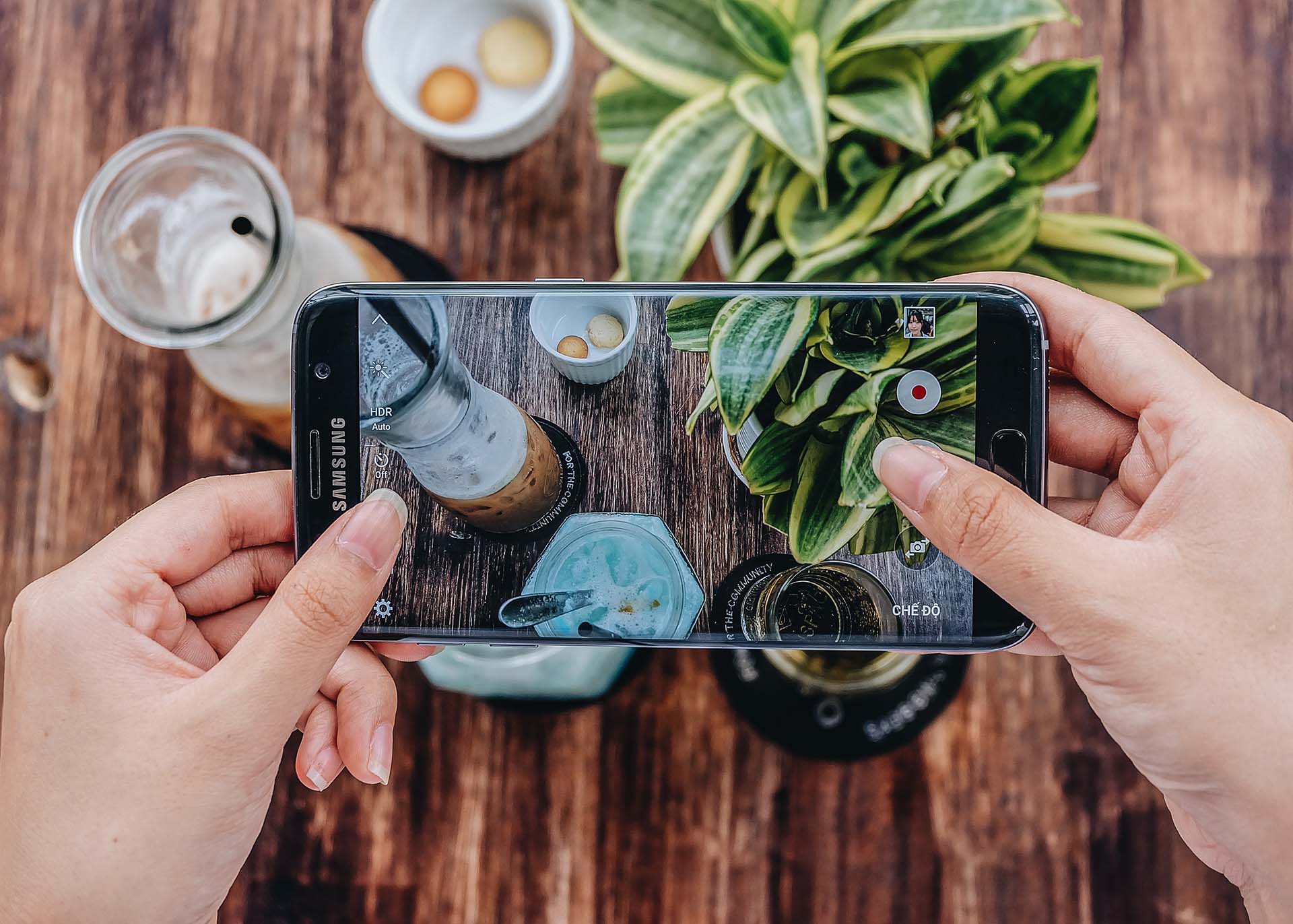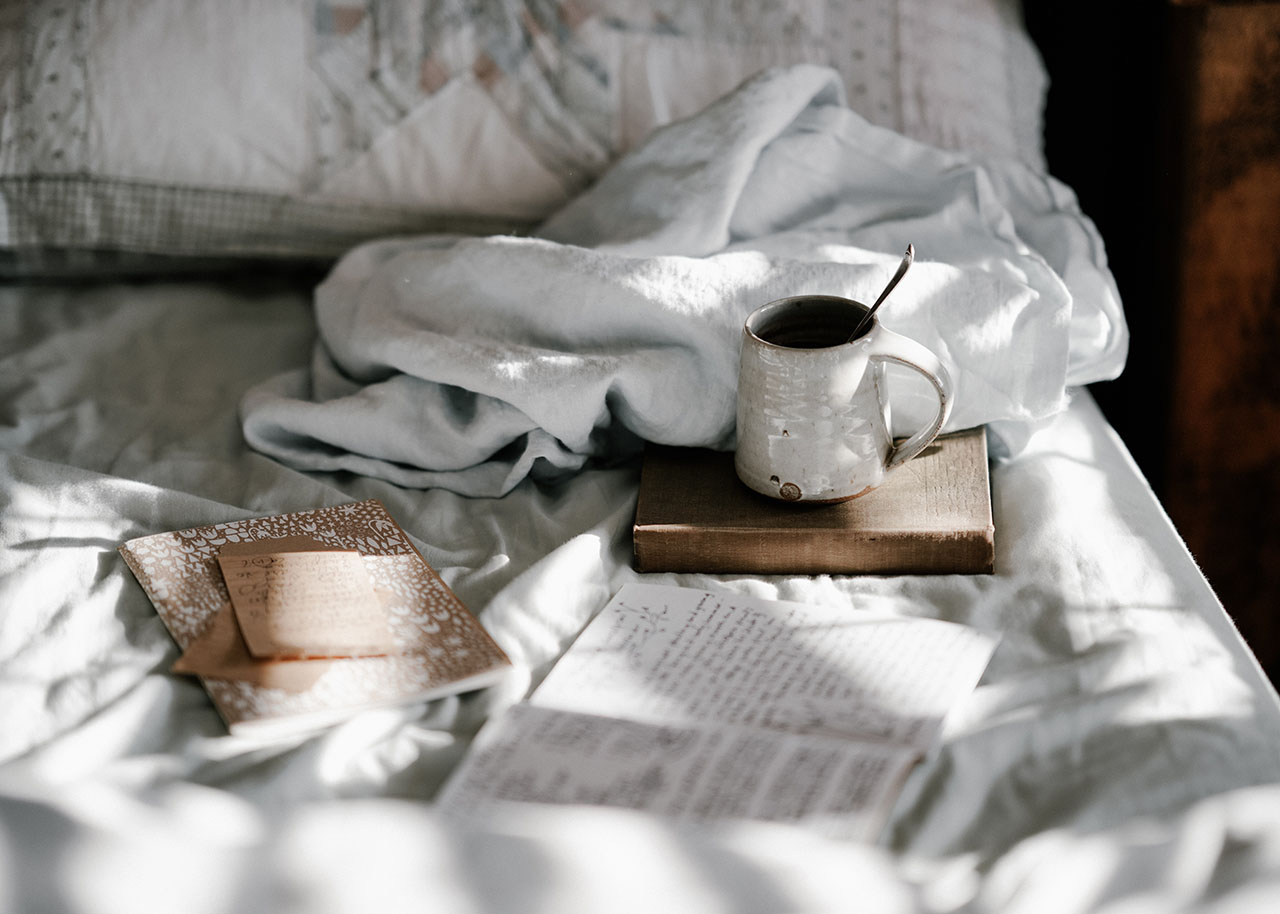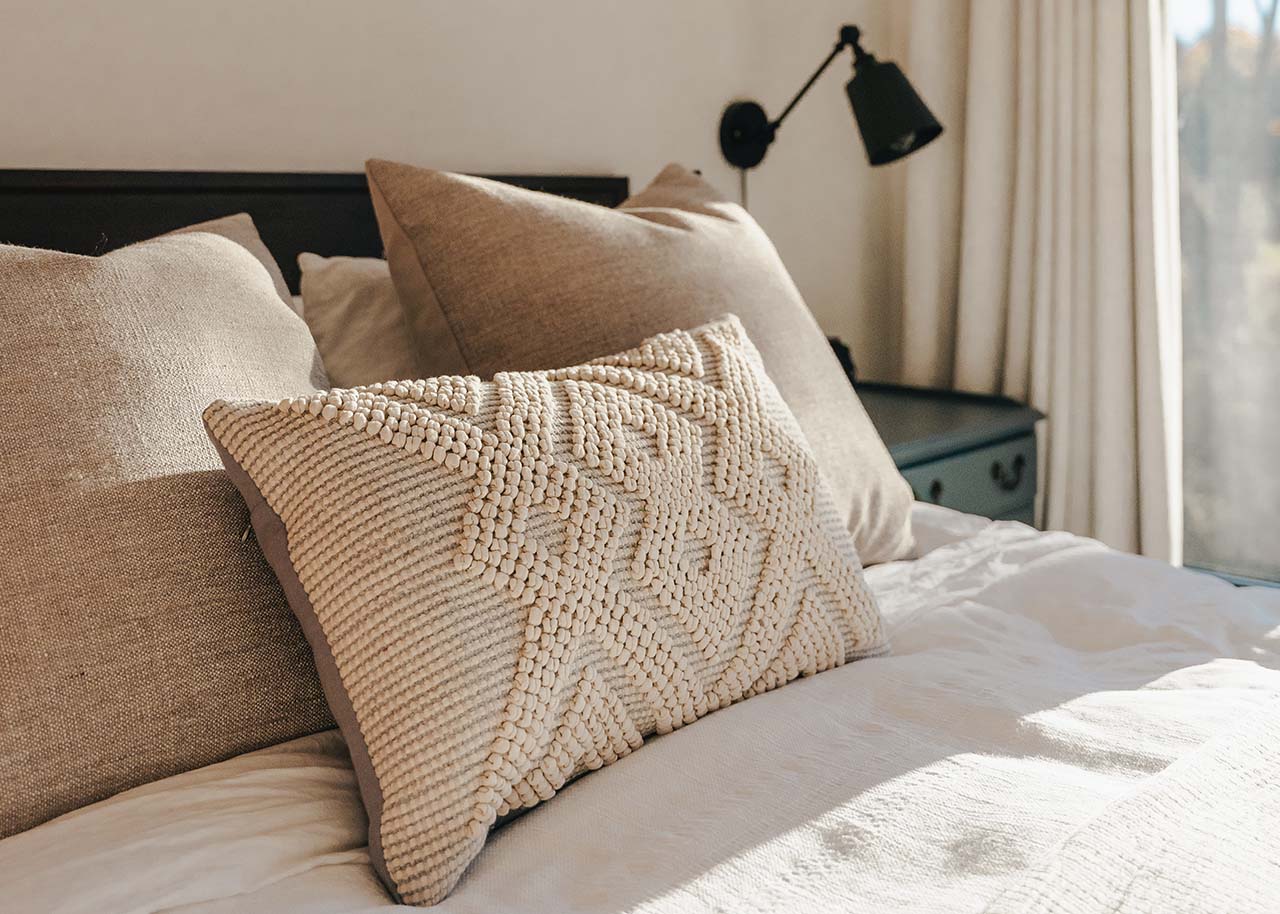(collaborative post)
The slow living movement is all about embracing a simpler, more mindful and sustainable lifestyle. And in today’s hectic world, making time to slow down can be restorative for our minds and bodies. Slow photography embraces a similar ethos of being fully present and intentional with your craft. It’s about carefully composing your shots, not just snapping tonnes of photos.
This form of photography encourages you to soak in your surroundings, connect with subjects and perform technical experiments to capture scenes in a meaningful way. Quality over quantity becomes your goal, as you aim to produce thoughtful images that you truly treasure. Here is how to develop your own reflective style.
Be present and mindful while shooting
The foundation of slow photography is being fully present and mindful as you shoot. Instead of rushing to snap as many photos as possible, take your time with each shot. Pause, breathe deeply and observe the scene. Notice small details like patterns of light and shadow. Frame your subject in an intentional way, considering composition and colour.
Press the shutter with care, purposefully capturing the scene. Between each photo, take a moment to reflect. Appreciate the sounds, smells and feel of the location. Let scenes soak in before you continue shooting. Staying present in the moment cultivates creativity and allows you to discover unexpected beauty around you.
Photograph subjects and scenes you love
Slow photography is deeply personal, focusing on subjects that ignite your passion. Make a list of things you enjoy photographing, like nature, people, architecture or abstract textures. Then purposefully seek out these subjects, immersing yourself in their beauty. You may find inspiration in your daily life, photographing meaningful moments with family or simple scenes around your home.
Go to new places that fuel your interests, whether a bustling city street or remote mountain trail. Always have a camera on hand to capture spontaneous moments. But also plan dedicated photo outings off the beaten path. Photographing subjects you love keeps your creative spirit engaged. And viewers can often sense the joy and enthusiasm you felt behind the lens.
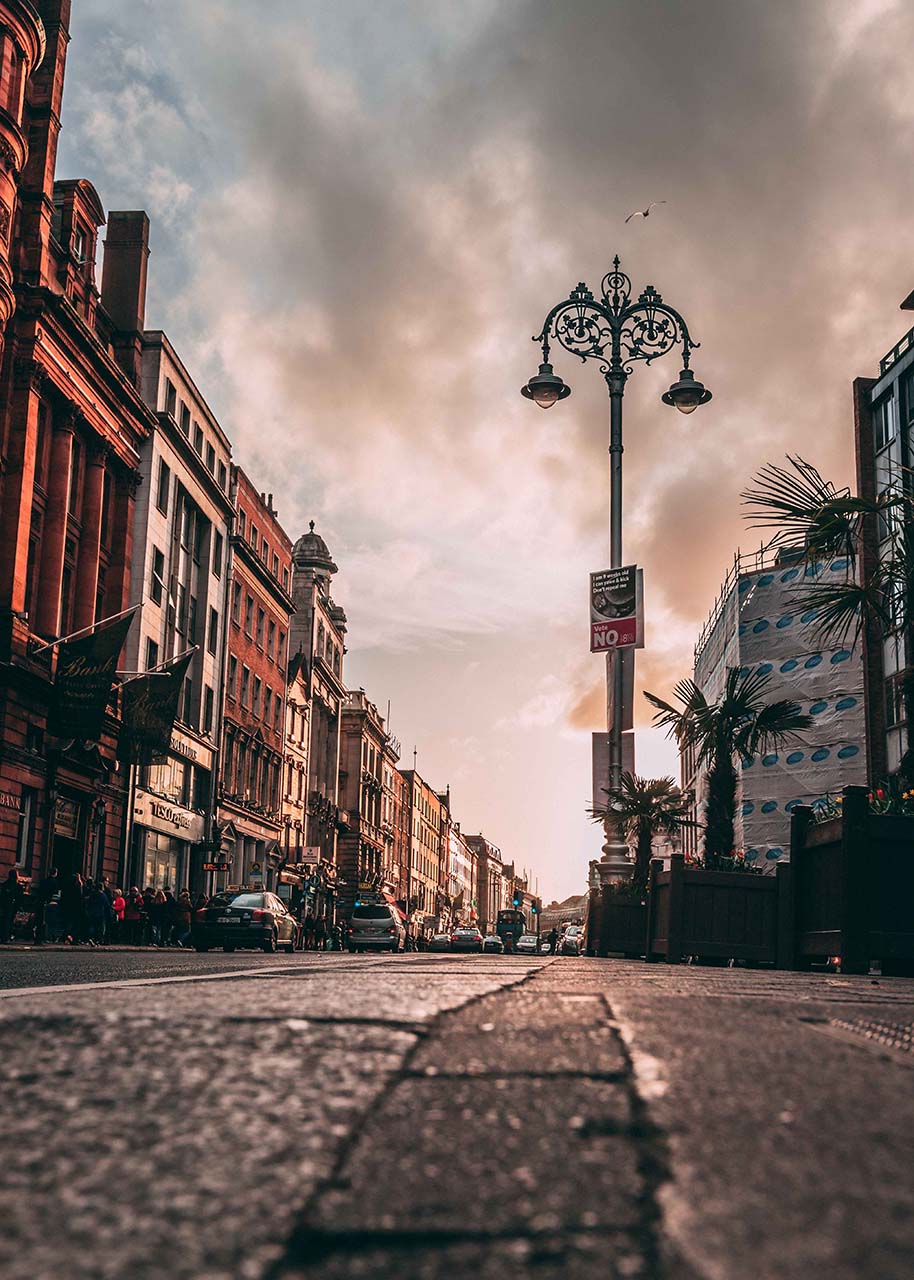
Immerse yourself in nature’s beauty
Nature provides an ideal setting for slowing down with your camera. Escape the concrete jungle and spend time enveloped in greenery and fresh air. Parks, woodlands, lakesides, and beaches all invite meditation through your lens. Observe how light filters through the trees and ripples on water. Look for small details like a butterfly perched on a flower.
Let nature set the pace rather than rushing to get shots, allowing yourself to wander aimlessly until a perfect composition catches your eye. Or, sit in one spot and photograph the changing light over time. Open all your senses to your surroundings, taking moments to just breathe and be.
Embrace changing weather and light conditions
Don’t be deterred by less than ideal weather and light when photographing slowly. Instead embrace the unique moods created by fog, rain, snow, darkness and more. Shoot in the golden hours around sunrise and sunset to capture rich warm hues. On overcast days, look for muted tones and moody contrast. Wait for the perfect moment to catch striking rays bursting through clouds.
Head out at night and experiment with long exposures, light painting and flash techniques. Shoot in a gentle rain or after a snowfall to lend a magical atmosphere – these changing conditions add diversity to your portfolio. Pay close attention to how weather transforms the look, feel and lighting of your chosen subject. Treading in worse conditions also means you’ll have locations to yourself!
Use and enhance natural light
Photographing with natural light aligns perfectly with the slow photography ethos. Pay attention to the direction, colour and hardness of sunlight throughout the day. Use the low directional light in the golden hours to paint subjects in warmth and create long dramatic shadows, or seek out open shade to diffuse the harsh midday glare.
Use flash to balance or creatively mix ambient light levels. Play with silhouettes and rim lighting as the sun goes down or consider adding lens filters like neutral density to enhance effects of the natural light. Dappled light filtered through trees creates dreamy, ethereal photos. Observe how light transforms the same spot over time and let it guide your creativity.
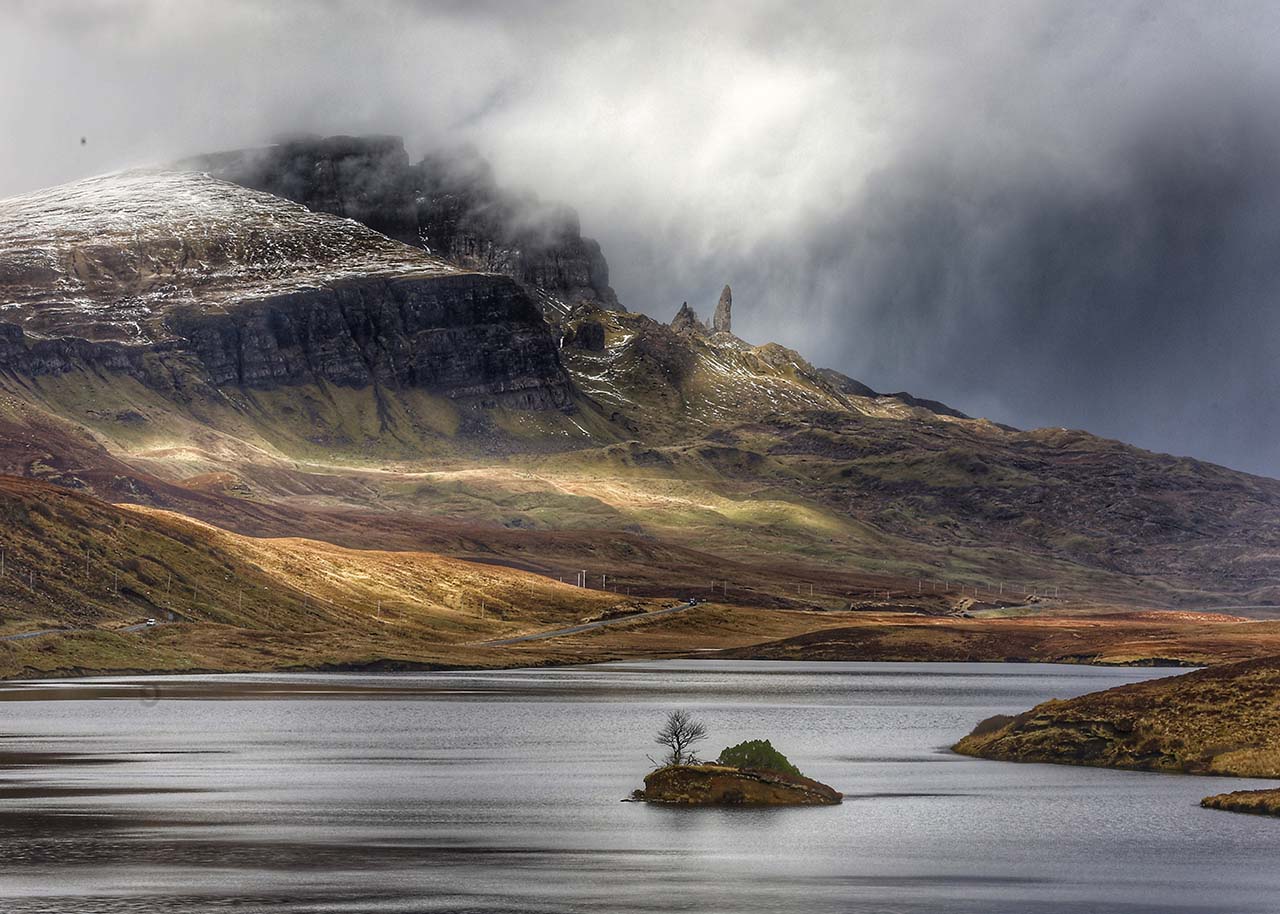
Spend time getting to know locations before photographing
Slow photography means taking time to intimately understand potential locations before bringing out your camera so thoroughly research spots online by checking maps, blogs and image searches to scout possibilities. Before your first shoot, visit to wander freely without any gear. Take it all in and visualise compositions.
Note how the light moves, weather shifts, and nature changes. Observe other photographers but make your own path and revisit at different times and conditions. The more time spent immersed in a place, the more inspired and prepared you will be to photograph it.
Once you’re familiar with the location, revisit frequently to capture seasonal transformations and let your hidden locations unveil their secrets on their own schedule. Rushing the process risks missing the full creative potential a place offers through your lens.
Tell a story with a series of connected images
Slow photography allows you to use a collection of thoughtful images to convey a meaningful narrative. Conceive a photographic essay around a person, place, event or abstract idea. Plan the sequence and transitions to lead viewers through the story. Maintain consistency of style and editing for cohesion.
How to tell a story through photographs:
~An opening shot should set the scene and tone
~Middle images build the story through detail, differing perspectives and passage of time
~Close with a summarising or symbolic conclusion
Sequence the series for logical flow but also use juxtaposition of shots for effect. Additionally, spread out shooting over months to capture pivotal moments throughout the timeframe of your series – with passion and patience a narrative will emerge. Curate your strongest images and let good editing enhance their interplay.
Slow photography is about crafting images mindfully with quality over quantity. By being present, taking your time, and intimately knowing your subjects, you can capture truly meaningful photos. Embracing this reflective process will enrich your creative spirit and result in a portfolio you cherish.
This post was published in collaboration with a professional content creating partner. The content is meant to inspire you how to live a slow, simple, soulful and sustainable lifestyle and may contain (affiliate) links to articles, websites or products/services that may be of interest to you.
Would you like to receive inspiration from The Slow Living Guide regularly?
Sign up for the newsletter here.
